Why is Jupiter so dangerous if humans are there? This is the cause
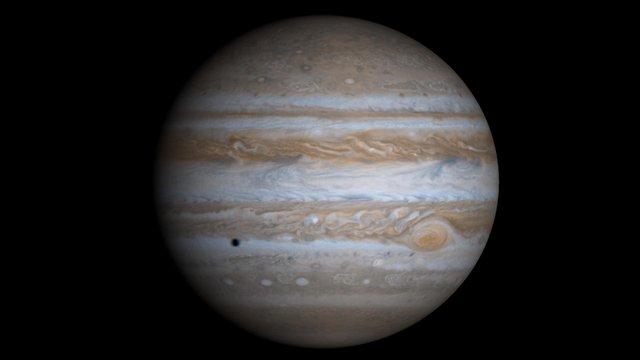
Jupiter is the fifth closest planet from the sun and the largest planet in the solar system. Even though it is said to be a planet, in reality Jupiter has properties similar to stars. Because the atmosphere found on the planet consists of hydrogen and helium.
NASA spacecraft assigned specifically to the mission at Jupiter, Juno, several times caught sight of the planet's surface at close range. Through the image of the Juno satellite, humans can find out the true shape of Jupiter. The shape of Jupiter's surface looks like lines and vortices. This is actually a cold and stormy cloud containing ammonia and water. The Mega is floating in Jupiter's atmosphere.
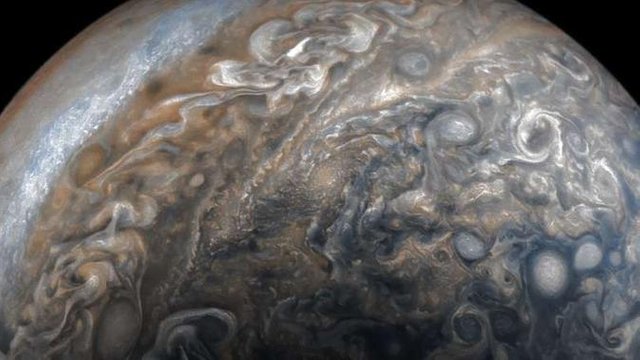
There are thousands of lines and swirls on Jupiter, which means the planet has a lot of wind, but the Great Red Spot is the most famous giant storm in Jupiter and has raged for hundreds of years. This storm is even larger than Earth.
That is why, Jupiter is dubbed as a gas giant planet because this planet is only a gas bound by gravity. So if there is a human who is desperate to jump into Jupiter with a parachute from a spacecraft, then he will not find a solid surface like on Earth.
Besides its surface which only consists of gas, what other factors make humans impossible to walk on Jupiter? Citing the NASA website, Friday (09/28/2018), here are 7 of them.
Size and distance
With a radius of 43,440.7 miles (69,911 kilometers), Jupiter is 11 times wider than Earth. If Earth is the size of nickel, Jupiter will be as big as a basketball.
From an average distance of 484 million miles (778 million kilometers), Jupiter is 5.2 astronomical units from the sun. An astronomical unit (abbreviated as AU), is the distance from the sun to Earth. From this distance, the time needed for Jupiter to receive sunshine is 43 minutes.
Orbit and Rotation
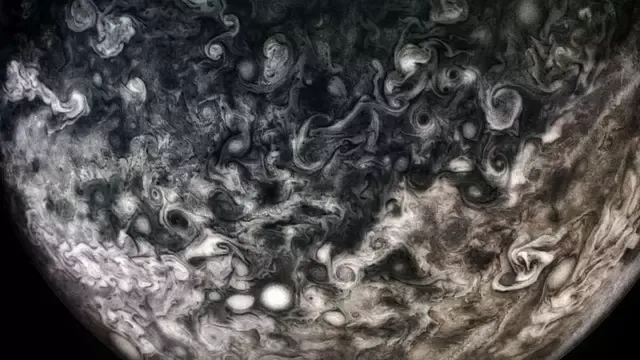
You will never be able to find a long day on Jupiter, because one day on this planet will run very fast, which is about 10 hours (the time that Jupiter needed to evolve or rotate), and Jupiter has its own orbit to circle the sun. The time taken is about 12 years on Earth (4,333 days on Earth) for once to evolve.
The axis slope is 3.13 degrees, following the path of the orbit. That means, Jupiter spins almost perpendicular and doesn't have an extreme season like other planets.
Formation
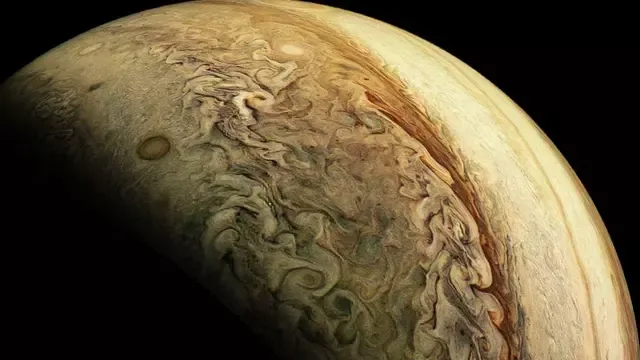
Jupiter was created when the rest of the solar system formed about 4.5 billion years ago, when gravity drew gas and dust that spun and gave birth to this gas giant.
Jupiter takes most of the rest of the mass, after the sun is there. In fact, Jupiter has the same components as stars, but does not have the ability to be massive enough to glow.
About 4 billion years ago, Jupiter occupied its position in orbit - in the outer solar system and became the fifth planet closest to the sun.
Structure
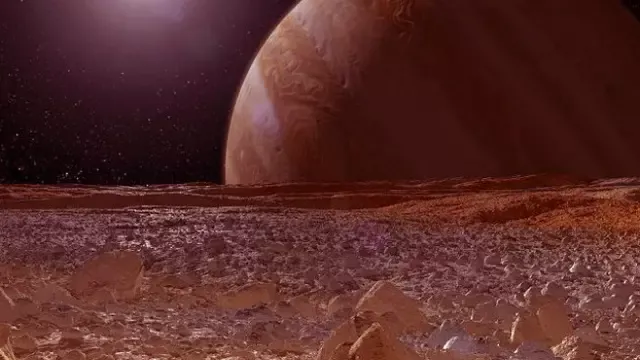
Jupiter is formed from hydrogen and helium. Therefore, pressure and temperature increase in Jupiter's atmosphere. These two factors depress hydrogen gas into liquid, so Jupiter has the largest "ocean" in the solar system - samudra made of hydrogen, not water.
Scientists think that, at a certain depth (maybe halfway to the center of the planet), the pressure becomes so large that electrons are released from hydrogen atoms and produce electrical liquids. Jupiter's rapid rotation is thought to drive electric current in this area (near the core of Jupiter), resulting in a very strong magnetic field on the planet.
Jupiter's core temperature can reach 90,032 degrees Fahrenheit (50,000 degrees Celsius). What humans can find in there are only iron and silicate minerals (compounds that contain silicon, oxygen, and some metals).
Surface
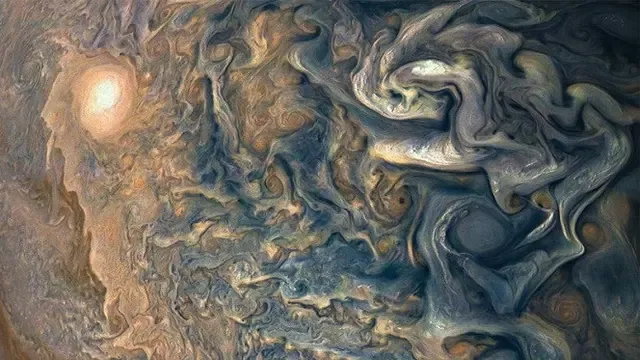
As a gas giant, Jupiter does not have a truly solid surface, like Earth. Lots of gas and liquid rotation in it.
Juno did not have a place to land on Jupiter, because NASA's spacecraft could be destroyed immediately. Extreme pressure and temperature on the planet are capable of destroying, melting and vaporizing any foreign matter that traces its surface.
Atmospher
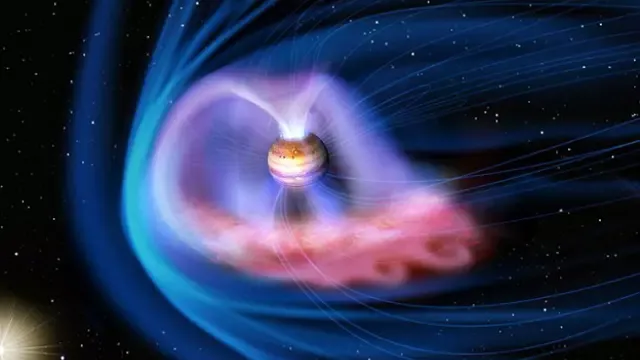
Jupiter has three layers of clouds that stretch around 44 miles (71 kilometers). The upper layer is thought to be made from ammonia ice, while the middle layer is probably made of ammonium hydrosulfide crystals, and the innermost layer is made of water and steam ice.
The bright colors you usually see from Juno's portrait are lumps of sulfur gas and phosphorus that rise from the core of the planet. Jupiter's rapid rotation - spinning once every 10 hours - creates a strong jet flow.
Without a solid surface, the lines and whirlpools of Jupiter can last for years. The storm on Jupiter is formed by more than a dozen strong winds, the strength of the gust can reach up to 335 miles per hour (539 kilometers per hour) on Jupiter's equator.
Life Potential
The appearance of Jupiter's gas vortex. (Photo: NASA)
Jupiter's environment may not be conducive to human life. Temperature, pressure and material that characterize the planet, are considered too extreme and easily changed for organisms to adapt.
Although this planet is a place that is not possible for living things, but this does not apply to natural satellites. An example is Europa.
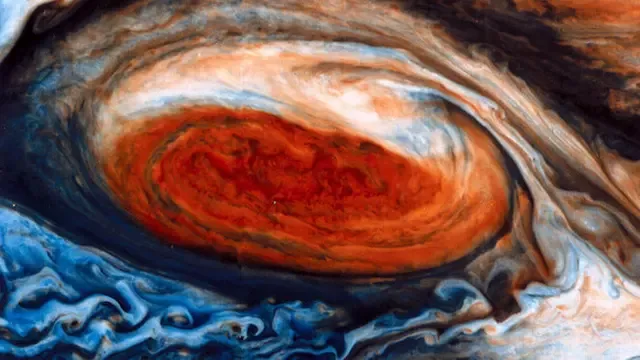
I upvoted your post.
Best regards,
@Council
Posted using https://Steeming.com condenser site.
Congratulations @yasha12! You received a personal award!
You can view your badges on your Steem Board and compare to others on the Steem Ranking
Do not miss the last post from @steemitboard:
Vote for @Steemitboard as a witness to get one more award and increased upvotes!